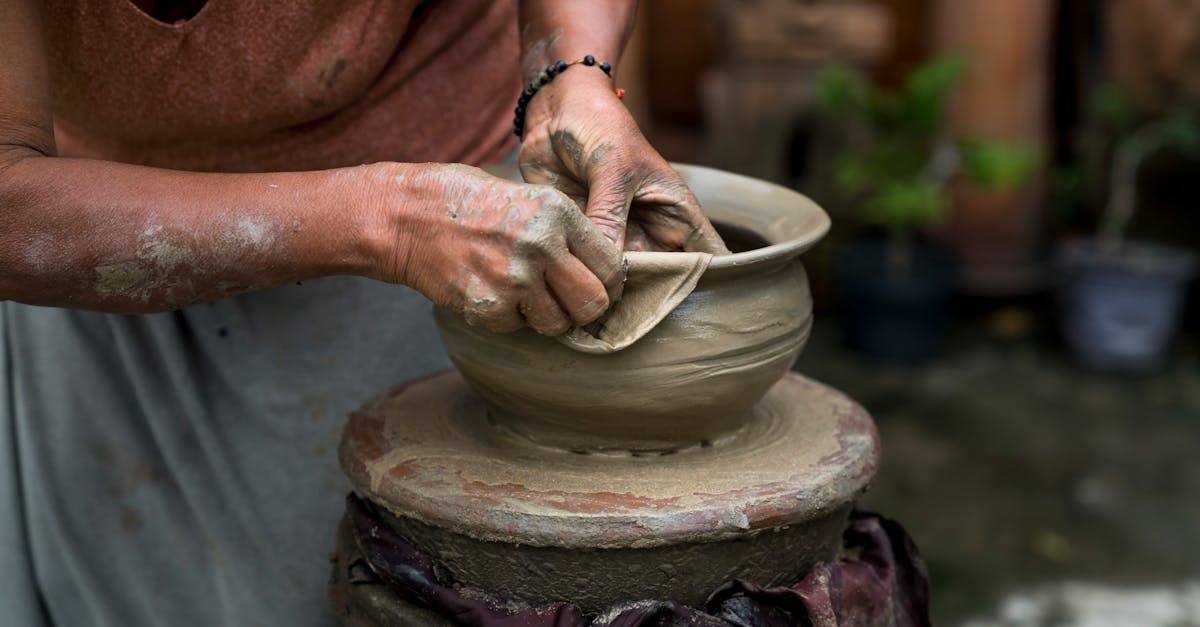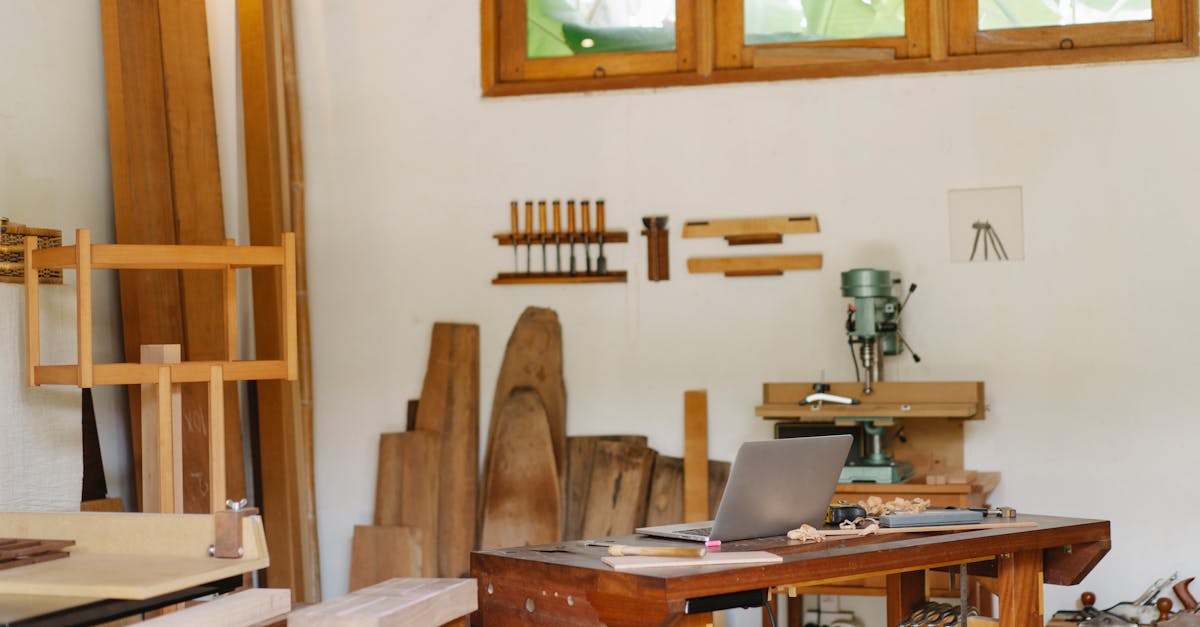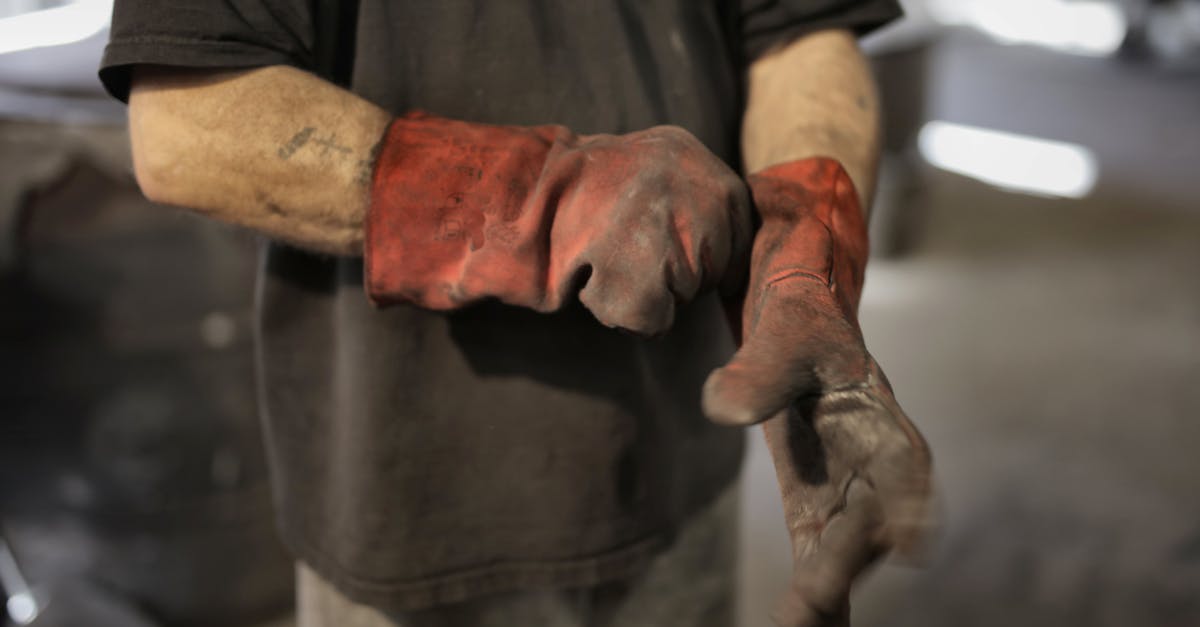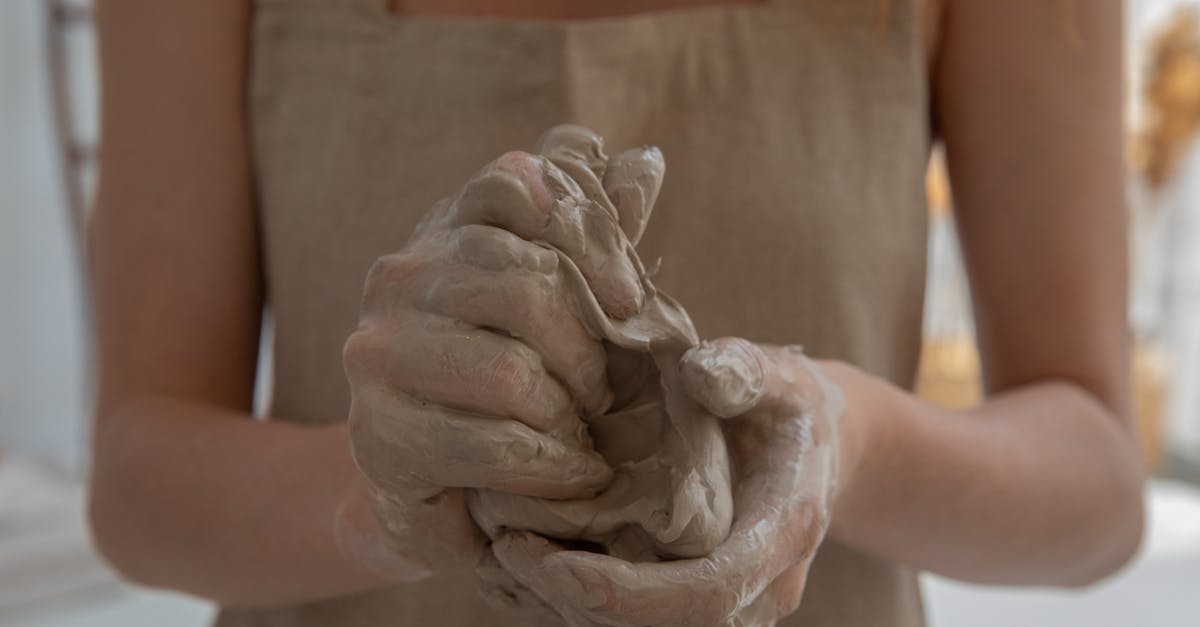Discover the unparalleled artistry of South American indigenous artisans in a journey through their masterful craftsmanship. Are they the ultimate masters of their trade? Let’s delve into their world of artistry and find out.
Exploring the Rich Tradition of South American Indigenous Artisans

unveiling the ancient craftmanship
In the heart of South America lies a treasure trove of cultural heritage waiting to be discovered. From the Andean mountains to the Amazon rainforest, the tradition of South American indigenous artisans runs deep, intertwining with the land, history, and spirituality of each community.
richness woven in textiles
Textiles are not merely fabrics in indigenous communities; they are stories woven with intricate patterns and vibrant colors, passed down through generations. The art of textile craftsmanship showcases the mastery of weaving techniques that have been refined over centuries.
pottery: vessels of culture
Clay pottery in South America transcends mere utility – each vessel is a piece of art, reflecting the beliefs and rituals of the indigenous peoples. Through skilled hands, clay is transformed into masterpieces that speak of ancestral wisdom and connection to the earth.
wood carving: a dialogue with nature
Wood carving is a sacred art form for many indigenous communities in South America. From intricate masks to ceremonial objects, each piece tells a story of communion with the forests and the spirits that dwell within. Artisans carve out their heritage, preserving traditions in every stroke.
metalwork: shaping history
Metals have been shaped into works of art by South American indigenous artisans for centuries. From jewelry adorned with symbols of power to ornate ceremonial objects, metalwork reflects the richness of indigenous cultures and their reverence for the natural elements.
preservation and innovation
As the world evolves, so do the craftsmanship techniques of South American indigenous artisans. While preserving ancient traditions, artisans also innovate, incorporating contemporary elements into their creations. The fusion of tradition and modernity results in unique pieces that carry the legacy of their ancestors into the future.
Expanding horizons and experiencing the artistry of South American indigenous artisans is a journey not only through craftsmanship but also through history, tradition, and the soul of a people deeply connected to their roots.
The Cultural Significance of Indigenous Artisan Craftsmanship

In today’s increasingly interconnected world, the craftsmanship of indigenous artisans holds a unique and invaluable cultural significance. From beaders and weavers to potters and carvers, indigenous artisans across the globe play a vital role in preserving and sharing their cultural heritage through their craft. Let’s delve into some remarkable stories that highlight the impact and importance of indigenous artisan craftsmanship.
preserving cultural heritage through craftsmanship
One example of this cultural preservation can be seen in the Noklak Masterpieces project, which focuses on safeguarding the traditional craft culture of the Khiamniungan tribe. By passing down age-old techniques from one generation to the next, these artisans ensure that their heritage and identity are not lost to time.
connecting communities through art
Art has a unique way of bridging gaps and fostering understanding between different cultures. In Canada, initiatives that showcase indigenous art not only celebrate the creativity of artisans but also serve as a means of cultural exchange. By teaching elementary students about their craft and culture, indigenous artists create meaningful connections that transcend borders.
reclaiming cultural identity
For many indigenous communities, the act of creating traditional crafts is a powerful way to reclaim and assert their cultural identities. By using their skills in beading, weaving, and other crafts, artisans in places like Colombia and New Mexico are not only preserving ancient traditions but also adapting them to suit modern aesthetics, thus ensuring their cultural legacy lives on.
In conclusion, the work of indigenous artisans is not just about creating beautiful pieces; it is a testament to resilience, heritage, and the power of craftsmanship to transcend time and space. Through their intricate art forms, these artisans are weaving a narrative of cultural significance that enriches our global tapestry of diversity and creativity.
Preserving Traditional Techniques Through Generations

revival of indian traditional textiles: bridging the gap between heritage and modern demand
In the bustling markets of India, indigenous artisans can be found meticulously crafting traditional textiles that have been passed down through generations. These skilled craftspeople are not only creating beautiful pieces but also bridging the gap between ancient heritage and contemporary demand. By blending age-old techniques with modern designs, they are keeping their cultural legacy alive while adapting to the ever-evolving market trends.
filipino artisans and their crafts
The Philippines is home to a treasure trove of indigenous artisans whose craftsmanship spans a wide range of traditional crafts. From intricate basket weaving to colorful textile artistry, Filipino artisans are ensuring that their ancestral techniques are not forgotten. By infusing their creations with a modern flair, these artisans are attracting a new generation of admirers while staying true to their roots.
in azerbaijan, the carpet artisans are quietly preserving age-old traditions
Azerbaijan’s rich cultural tapestry is intricately woven into the hands of its indigenous artisans who have been quietly preserving age-old traditions, particularly in the art of carpet weaving. Passed down from ancestors who mastered the craft, Azerbaijani carpet artisans continue to create mesmerizing pieces that showcase their heritage. Through their dedication and skill, they are upholding a tradition that has defined their culture for centuries.
20 indigenous owned businesses – indigenous and native brands
Across the globe, there is a growing movement to support indigenous artisans and their businesses. From jewelry makers to pottery artists, these indigenous entrepreneurs are not only preserving traditional techniques but also empowering their communities through economic opportunities. By purchasing from indigenous-owned brands, consumers can directly contribute to the preservation of cultural heritage and support sustainable practices.
native american artists give voice to their history at the VMFA
At the Virginia Museum of Fine Arts, Native American artists are using their craft to give voice to their history and heritage. Through intricate beadwork, pottery, and traditional clothing, these indigenous artisans are sharing stories that have been passed down through generations. By showcasing their art in renowned institutions like the VMFA, they are not only preserving their traditions but also educating the public about the rich cultural tapestry of Native American communities.
cultural integrity in fashion: embracing heritage and sustainability in design
The fashion industry is increasingly recognizing the value of indigenous artisans and their contribution to cultural integrity and sustainability. By collaborating with indigenous designers and craftsmen, fashion brands are incorporating traditional techniques and motifs into their collections. This not only highlights the beauty of indigenous craftsmanship but also promotes ethical practices and celebrates diversity in the fashion world.
in canada, hunting and preserving an indigenous way of life (published 2018)
In Canada, indigenous communities are reclaiming their traditional way of life through hunting and preserving rituals that have sustained them for centuries. By passing down hunting skills and preservation techniques to younger generations, indigenous artisans are ensuring that their cultural practices will continue for years to come. This commitment to heritage is not only a way of life but also a profound connection to the land and its resources.
resinous rejuvenation
In the heart of the Amazon Rainforest, indigenous artisans are harnessing the power of resins to create sustainable products that rejuvenate both body and soul. Through traditional methods of resin extraction and processing, these skilled artisans are producing a wide range of goods, from healing balms to aromatic incense. Their commitment to preserving ancient practices not only supports their livelihoods but also promotes the conservation of the rainforest and its resources.
reclaiming their history: three manitoba women keeping their culture alive through language, art
In Manitoba, Canada, three indigenous women are leading the charge in reclaiming their history and culture through language and art. By reviving traditional languages and sharing their stories through art, these women are preserving their heritage for future generations. Through their creative expressions, they are not only keeping their culture alive but also inspiring others to reconnect with their roots.
the bead goes on for paiwan glass artisans
In Taiwan, the Paiwan tribe’s indigenous artisans are known for their exquisite glass beadwork that has been a central part of their culture for centuries. With intricate designs and vibrant colors, these artisans continue to create stunning pieces that reflect their unique identity. By passing down their beadwork techniques to younger generations, the Paiwan glass artisans are ensuring that their cultural heritage will endure for years to come.
The Unique Aesthetic of Indigenous Artisan Products

Native Artists Fear Proposed Changes to Indian Arts and Crafts Act
Artisans and Indigenous People Are Sick of Serving as Fashion Brands’ “Inspiration”
When Cultural Appropriation Hurts Indigenous Brands
VOZ Spotlights Artisan-Made Indigenous Mapuche Textiles
15 Indigenous Canadian Brands You Can Shop Online
Study Report – Aboriginal and Torres Strait Islander Visual Arts and Crafts
10 home decor brands that are rooted in sustainability and craftsmanship
Indigenous-Owned Businesses to Support Across Canada
7 Indian Companies On The Forefront Of The Hemp Revolution
200+ Indian Brands: The Ultimate Homegrown Diwali Gifting Guide
Indigenous artisans across the globe have long been revered for their exceptional craftsmanship and unique aesthetic. From intricate textiles to handmade jewelry, their products tell stories of tradition, heritage, and cultural identity. Let’s delve into the world of indigenous artisan products and explore the richness they bring to the global market.
The Significance of Indigenous Artisan Products
– Indigenous artisan products are more than just commodities; they are embodiments of cultural heritage and ancestral knowledge passed down through generations.
– Each piece crafted by indigenous artisans carries a deeper meaning, representing spiritual beliefs, mythologies, and the connection to the land.
– By purchasing indigenous artisan products, consumers not only acquire one-of-a-kind items but also support sustainable practices and community empowerment.
Challenges Faced by Indigenous Artisans
– Native artists fear proposed changes to the Indian Arts and Crafts Act, which could undermine their ability to protect their traditional designs and craftsmanship.
– Artisans and indigenous communities are tired of being seen as mere sources of inspiration for mainstream fashion brands, highlighting the need for cultural respect and fair compensation.
– Instances of cultural appropriation harm indigenous brands, as their authentic creations are often copied without acknowledgment or permission.
Empowering Indigenous Artisans
– Initiatives like VOZ, which spotlights artisan-made Indigenous Mapuche textiles, provide a platform for indigenous artisans to showcase their artistic skills and cultural heritage.
– Supporting indigenous-owned businesses, whether in Canada, India, or elsewhere, is crucial for preserving and promoting indigenous craftsmanship.
– Encouraging sustainable practices and ethical sourcing in the production of indigenous artisan products helps maintain the integrity of these time-honored traditions.
In conclusion, the unique aesthetic of indigenous artisan products is a testament to the creative brilliance and cultural significance embedded in every piece. By valuing and respecting the work of indigenous artisans, we can ensure that their legacy continues to thrive in the modern world.
Challenges Faced by South American Indigenous Artisans

the Plight of Indigenous Artisans in South America
The world of indigenous artisans in South America is rich with culture, tradition, and craftsmanship. These talented individuals have honed their skills over generations, creating unique and exquisite pieces that reflect their heritage and identity. However, despite their exceptional talent and artistry, South American indigenous artisans face numerous challenges that threaten their livelihood and cultural legacy. From plagiarism to cultural appropriation, the road to recognition and respect is paved with obstacles.
Plagiarism and Cultural Appropriation
Indigenous artisans in South America often find themselves battling against plagiarism and cultural appropriation. Their designs and techniques, rooted in centuries-old traditions, are frequently copied and exploited without permission or acknowledgment. This not only robs artisans of their intellectual property but also diminishes the significance of their cultural heritage. The lack of legal protection and recognition exacerbates the issue, leaving artisans vulnerable to exploitation.
Struggles for Recognition and Representation
Despite their exceptional talent and cultural significance, South American indigenous artisans often find themselves marginalized in mainstream markets. Their work is undervalued and overshadowed by mass-produced, commercialized goods. Limited access to marketing channels and opportunities further hinders their visibility and economic success. As a result, many artisans struggle to make a sustainable living from their craft, perpetuating a cycle of poverty and disenfranchisement.
Preservation of Cultural Identity and Heritage
For South American indigenous artisans, their craft is not just a means of livelihood but a way to preserve and celebrate their cultural identity and heritage. However, rapid urbanization, globalization, and changing consumer preferences pose a threat to traditional craftsmanship. As indigenous communities grapple with modernization and shifting societal norms, there is a risk of cultural dilution and loss. It is imperative to safeguard indigenous art forms and traditions to ensure their continuity for future generations.
Empowerment and Advocacy
In the face of these challenges, South American indigenous artisans are increasingly advocating for their rights, recognition, and empowerment. Through collective action, community support, and collaboration with like-minded organizations, artisans are raising awareness about the importance of preserving indigenous craftsmanship. By reclaiming their narrative and asserting their creative autonomy, artisans are challenging the status quo and demanding a seat at the table. Empowered and unified, they are forging a path towards a more equitable and inclusive future for indigenous artisans in South America.
In conclusion, the challenges faced by South American indigenous artisans are vast and multifaceted. From plagiarism and cultural appropriation to struggles for recognition and representation, indigenous artisans navigate a complex landscape fraught with obstacles. However, through resilience, advocacy, and community solidarity, artisans are reclaiming their agency and asserting their rightful place in the global artisanal landscape. By supporting and celebrating the unique talents and cultural heritage of South American indigenous artisans, we can contribute to a more diverse, equitable, and culturally rich world.
